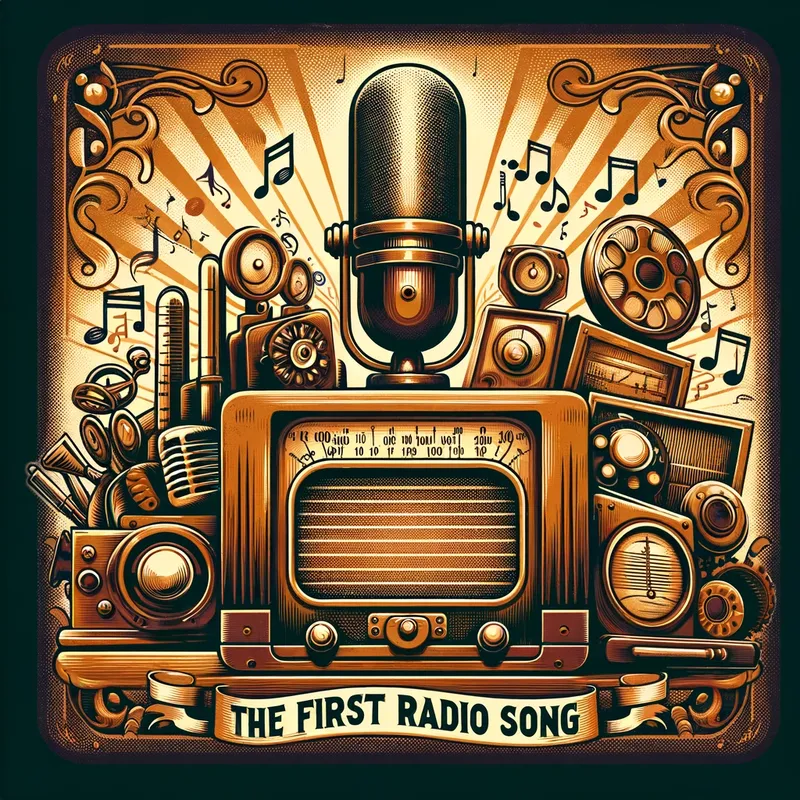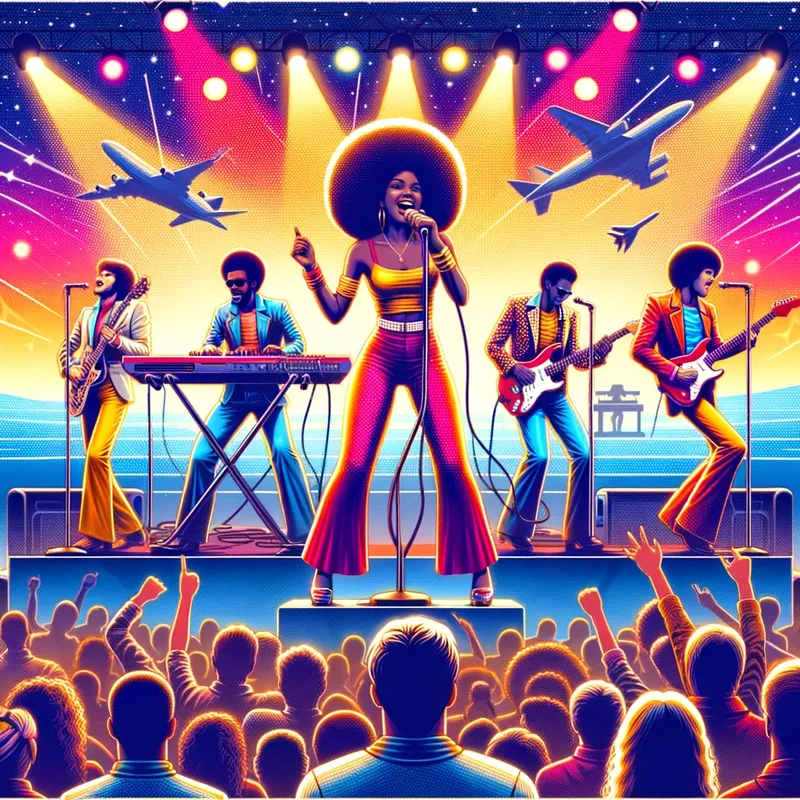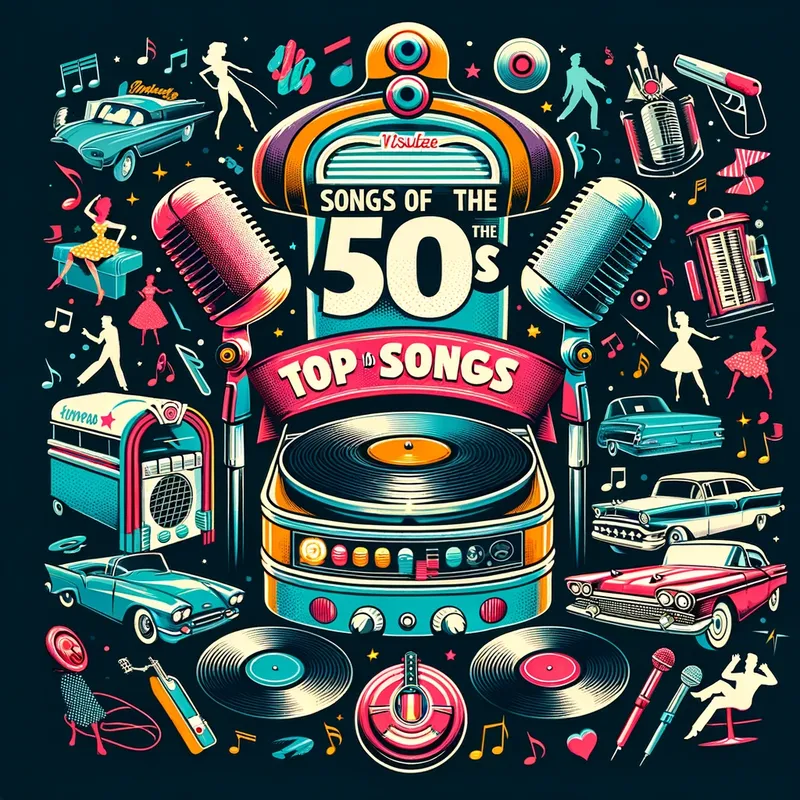Top 40 Chart – The Evolution of Pop’s Radio Royalty

If you’ve ever flipped through radio channels on a Saturday morning or anxiously waited for that one song to hit the airwaves during your evening commute, you’ve experienced the magnetic pull of the Top 40 chart.
This chart, and its associated radio format, has been the pulse of mainstream music for decades.
But where did it all begin? Why 40 songs? And how has it managed to stay relevant in the Spotify era?
Table of Contents
The OG Playlist: How Top 40 Got its Start
This format took its first breath during the golden age of radio – the 1950s. While music had always been a staple on radio, stations often played a wide variety of genres without much focus on what was “hot.”
It was Todd Storz, a radio station owner, who noticed the repetitive play pattern in jukeboxes. Songs that were hits would get played over and over again.
It clicked!
Why not use the same strategy for radio?
Storz started playing the top hits more frequently on his station, WHB in Kansas City.
The result?
A surge in popularity. And thus, the Top 40 format was born, where the 40 most popular songs would dominate the airwaves.
Why Forty? Why Not Fifty or Thirty?
While there’s no definitive answer, some theories suggest it was simply a rounded number, making it easier for stations to manage their playlists.
Others believe it mirrored the number of singles a standard jukebox could hold at that time.
Whatever the reason, the number 40 stuck, and it became synonymous with radio’s hit parade.
Pivotal Moments in Top 40 History
The Top 40 has been graced by countless iconic tracks, but let’s zone in on a few game-changers that shifted the pop music landscape:
- “I Want to Hold Your Hand” by The Beatles (1964): When The Beatles landed on American shores, they didn’t just bring with them a new sound. They triggered a wave of UK bands that dominated the Top 40.
- “Billie Jean” by Michael Jackson (1983): MJ, the King of Pop, redefined what a Top 40 hit could sound and look like.
- “…Baby One More Time” by Britney Spears (1998): The late ’90s and early 2000s saw the resurgence of teen pop, and no one embodied that era more than Britney.
The Digital Age and the Top 40
Fast forward to the 21st century, and we’re in the digital age. With platforms like Spotify, Apple Music, and YouTube, one might think the Top 40 radio format would fizzle out.
But, surprise! It adapted and evolved. These days, streaming numbers play a significant role in determining what songs make the cut. So, while you might be jamming to a track on your preferred streaming platform, those plays help catapult songs onto the Top 40 charts.
The International Invasion of the Top 40
Remember the British Invasion we chatted about earlier? Well, the global influence on the Top 40 didn’t stop there. As music became more accessible worldwide, thanks to the Internet, we’ve seen a surge of international hits infiltrating the chart.
- “Macarena” by Los Del Rio (1995): This Spanish dance track took the world by storm. It wasn’t just a song; it was a phenomenon. While its lyrics were largely in Spanish, language was no barrier to its global success.
- “Despacito” by Luis Fonsi and Daddy Yankee feat. Justin Bieber (2017): Speaking of songs that prove music is a universal language, “Despacito” came onto the scene and dominated the Top 40. Its infectious rhythm and the blend of reggaeton and Latin pop made it a global favorite.
- “Dynamite” by BTS (2020): From South Korea, BTS isn’t just a band; they’re a global phenomenon. While they had numerous hits in their home country and among international fans, “Dynamite” — their first fully English track — exploded onto the Top 40 and solidified their spot as global superstars.
Staying Power: The Ingredients of a Top 40 Hit
Ever wondered why some songs have that “stickiness” factor? Here’s a little insight:
- Relatability: Songs that resonate on a personal level often find their way to the top. Whether it’s heartbreak, joy, or the trials of teenage life, if listeners can see a bit of themselves in the lyrics, you’ve got a potential hit.
- Catchiness: This might sound obvious, but a memorable chorus or hook can make a world of difference. If it’s stuck in your head after one listen, that’s a golden sign.
- Evolution: While sticking to a tried-and-tested formula might work for some, artists that push the boundaries and try something new often stand out. Experimenting with new sounds or genres can give a fresh spin to the chart.
- Promotion & Marketing: In today’s digital age, a song’s success isn’t just about the music itself. A well-timed release, engaging music videos, social media buzz, and promotional appearances can propel a track to Top 40 status.
The Cultural Impact of the Top 40
It’s not just about the numbers or chart positions. The Top 40 has cultural significance. It’s a reflection of society at a given moment: from protest songs in the ‘60s and ‘70s that mirrored societal upheavals, to anthems of love and unity in more recent times.
Moreover, the Top 40 has become more than just a radio format. It’s a playlist on streaming platforms, a TV countdown show, and even the theme for many a nostalgic party or throwback night.
These hits bring people together, incite memories, and become the soundtrack to our lives.


